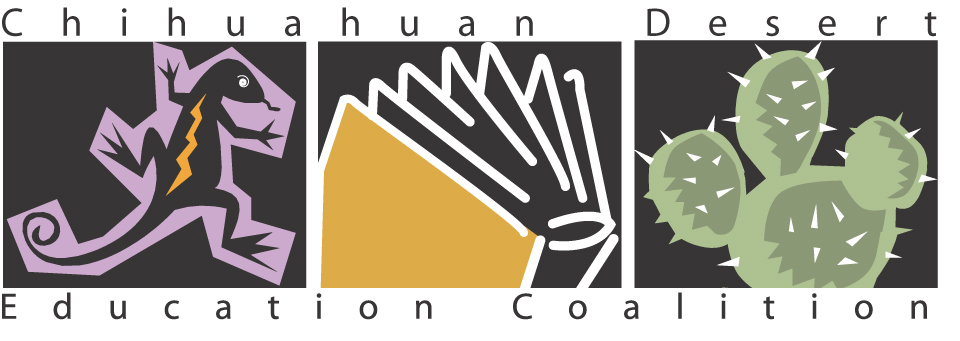
Enjoy reading about our amazing Chihuahuan Desert. Sign up for a free subscription to our blog
“We Belong Together” Campaign Launches, Highlighting the Integral Connection between Endangered Bats, Local Communities, and the Restoration of Agave Habitat across North America.
Over the past few years the Zoo and Bat Conservation International have been collaborating on a new effort to help endangered Mexican long-nosed bats in Big Bend National Park. Last May Bat Conservation International (BCI) launched the “We Belong Together” campaign to promote the delicate balance between nectar-feeding bats and native agaves, and the need to protect and restore agave habitat across North America. In 10 years, populations of the Mexican long-nosed bat (Leptonycteris nivalis) decreased by half due to habitat loss and roost disturbances. Protecting these habitats is critical, not just for bats, but for the ecosystems and communities that rely on them.
“Approximately thirty years ago, the Mexican long-nosed bat was listed as Endangered by the Mexican and U.S. governments because bat numbers were dire,” says Dr. Ana Ibarra, BCI’s Strategic Advisor for Endangered Species. “Now we find that 26 historically known roosts for long-nosed bats are alarmingly empty or at risk.”
Mexican long-nosed bats are in peril due in part to diminishing numbers of agaves across vast desert and mountain landscapes. Bats and agaves have a mutualistic relationship. Female bats need blooming agaves for nourishment as they make their annual migration north to give birth. Agaves rely on bats to slurp nectar from the flowers and collect grains of pollen on their fur, wings, and faces to pollinate the agaves and help propagate new plants.
“Bats are very important for ecosystems,” says Dr. Kristen Lear, BCI’s Agave Restoration Manager. “These bats that drink nectar from agaves are pollinating agaves. Other bats eat insects; they help control pest populations. Some bats disperse seeds and help regrow places like tropical rainforests.”
Additionally, agaves have a long history in religion and Mexican culture. Today, agaves are important resources, cultivated by farmers and harvested by rural communities to make products like tequila, mezcal, bacanora, agua miel, pulque, and agave syrup. The leaves, stalks, and rosettes of agaves are also used to feed livestock, and to make rope, paper, fabric, and soap. Plus, agave plants have extending root systems which help stabilize soil and control erosion.

Alarmingly, extensive land-use changes, livestock grazing, drought, and other pressures are threatening agaves and the ecosystems that depend on them. Across landscapes in Mexico and the U.S. Southwest, the Agave Restoration Initiative — a binational collaboration of diverse partners working between Mexico and the U.S. Southwest to save bats, restore native agaves, and support businesses and communities in sustainable agricultural and business practices —is helping unite communities to implement strategies that support and help grow local economies.
To bring the “We Belong Together” campaign to life, BCI worked with award-winning filmmaker Chris Gallaway of Horizonline Pictures to create a series of videos that capture the work of the Agave Restoration Initiative, in which partners engage in planting agaves, collecting seeds, and growing new plants; training farmers and community members in sustainable harvesting and agricultural practices; and working with land use managers to further inform decision-making.
The campaign also captures stories with BCI scientists, farmers turned conservationists learning how to sustainably harvest agaves for their livelihood, and landscape conservationists working in the U.S. Southwest and Mexico to preserve desert and mountain ecosystems.
About Bat Conservation International: Founded in 1982, Bat Conservation International is a global conservation organization dedicated to ending bat extinctions. Around the world, bats are under unprecedented threat from widespread habitat destruction and other stresses. Without concerted international action, bat populations could continue to fall, driving species to extinction. For more information, visit batcon.org.
Photos courtesy Bat Conservation International

